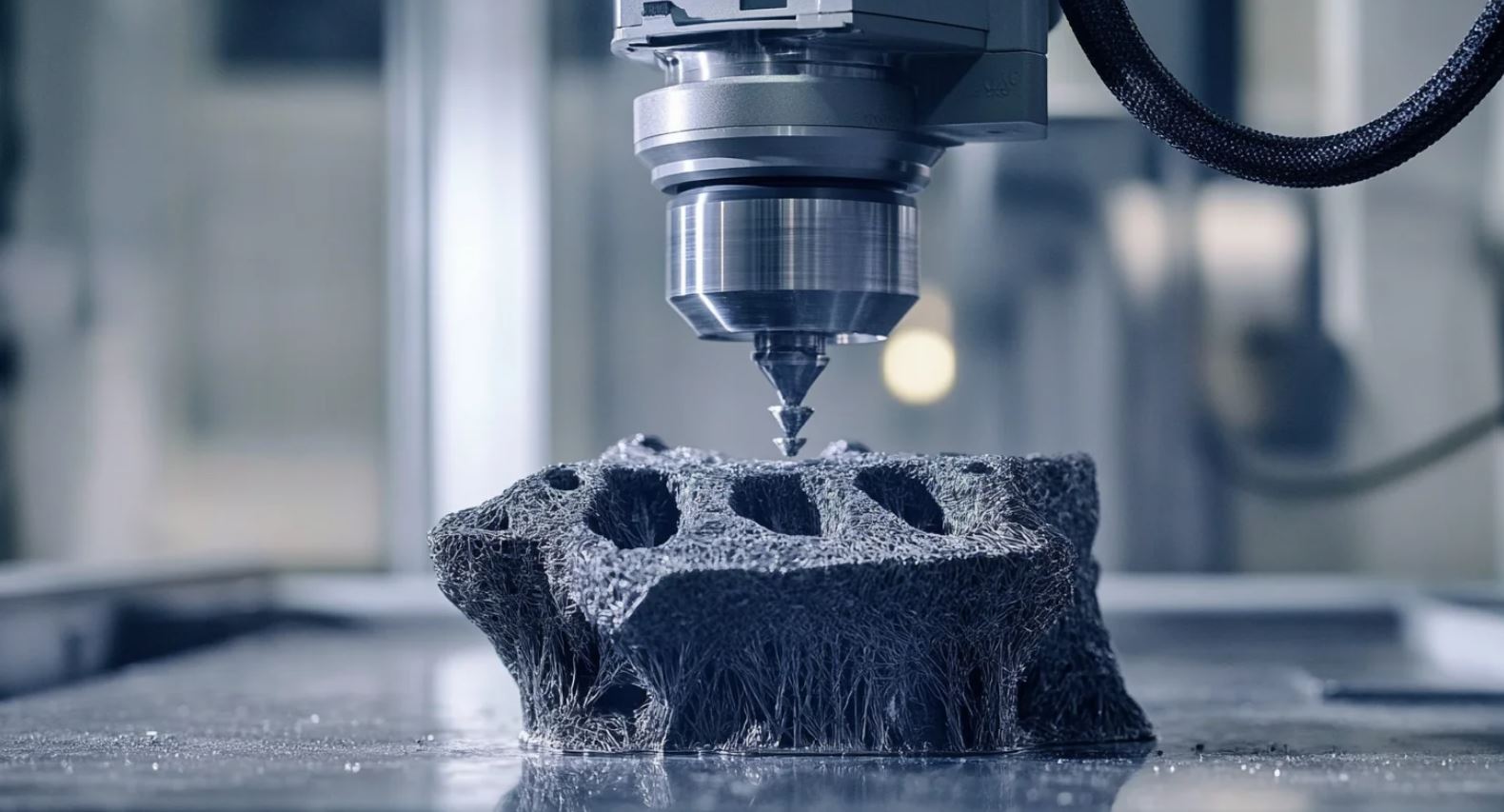 Researchers at Argonne National Laboratory and the University of Virginia have taken a solid step forward for 3D metal printing. By blending artificial intelligence with X‑ray and thermal imaging, they’ve devised a method to spot defects as metal parts are printed—a move that could soon lead to on‑the‑fly corrections and greater part reliability.
Researchers at Argonne National Laboratory and the University of Virginia have taken a solid step forward for 3D metal printing. By blending artificial intelligence with X‑ray and thermal imaging, they’ve devised a method to spot defects as metal parts are printed—a move that could soon lead to on‑the‑fly corrections and greater part reliability.
3D metal printing constructs objects layer by layer using laser powder bed fusion, where a laser melts metal powder into shape. A persistent challenge in this process is the formation of keyhole pores, the tiny voids that can weaken critical components in sectors like aerospace and medical devices.
The innovative approach uses powerful X‑rays to capture images of the forming metal, while thermal cameras monitor its temperature. A well‑trained AI model then reads these thermal patterns, predicting pore formation with impressive speed and accuracy. This means that instead of relying solely on costly X‑ray scans, existing thermal imaging systems can now identify flaws as they occur.
Kamel Fezzaa, a physicist at Argonne, believes this technology is ready for commercial use. If you’ve ever experienced the stress of managing quality control on a tight production line, you’ll appreciate how integrating this system could reduce waste and ensure safer, more consistent outputs.
Looking ahead, the research team is keen to expand the technology to detect a broader range of defects. The goal is a comprehensive system that not only identifies issues in real time but is also capable of correcting them on the fly, pushing additive manufacturing into a new realm of efficiency and safety as noted by the U.S. Department of Energy.








